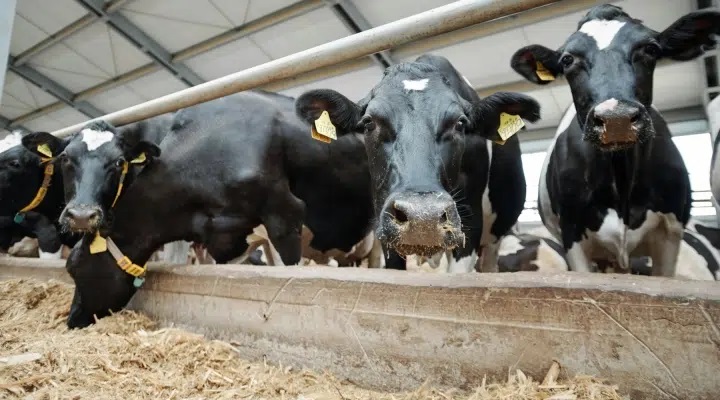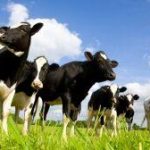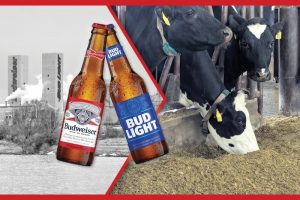
In recent years, dairy farmers and commercial manure applicators have been moving toward applying dairy manure to newly planted corn and soybeans.
Applying dairy manure to fields after crops are planted in the spring offers some advantages over applying manure before crops are planted. One advantage is corn or soybean planting not being delayed by the added moisture from the liquid manure. This delay can be costly if wet weather further delays spring planting. The second advantage is the liquid manure adding moisture to the soil that can enhance crop germination and emergence, especially if the weather turns off dry.
As soon as a field is planted, the manure can be applied. This is true for both corn and soybeans. The seed is protected by an inch or more of soil. In university research, the application of 10,000 gallons per acre of dairy manure has not negatively impacted crop germination and emergence on corn or soybeans. If the crops are emerging, manure can still be applied to corn but not soybeans. Newly emerging soybeans can easily be killed by the application of liquid manure. Corn can tolerate the drag hose through the V3 stage of growth without an issue.
The nitrogen in the dairy manure will be a boost to the emerging crop. It is difficult to know how much of the ammonium nitrogen in the dairy manure will be available to the crop. The organic nitrogen portion will be a slow release over several years. The ammonium nitrogen in the dairy manure can be lost to volatilization and possibly leaching. In university trials of surface applied dairy manure, only about half the ammonium nitrogen applied seemed to be available for crop growth.
When a drag hose is utilized, the drag hose applicator commonly applies the manure at an angle across the field. The field needs to be firm enough to support the drag hose to avoid scouring the soil surface and burying small corn plants or further burying seeds. Fields that are spring tilled are not good candidates for a drag hose. No-till fields, stale seed beds, fields with dead or alive cover crops, and tilled fields that have been packed with heavy spring rain are usually good fields for a drag hose.
Additional on-farm manure side-dress plot results can be obtained by clicking on the On-farm Research link on the OSU Extension Agronomics Crops team website at http://agcrops.osu.edu/ or E-fields at https://digitalag.osu.edu/efields or follow OSU Extension’s manure research on Facebook at: Ohio State Extension Environmental and Manure Management.
Ohio State University Agronomics Crops Team Youtube channel is: https://www.youtube.com/watch?v=S0nhw3GG6Q8&t=1s
— Glen Arnold, Extension Field Specialist for Manure Nutrient Management, Ohio State University
You can now read the most important #news on #eDairyNews #Whatsapp channels!!!
🇺🇸 eDairy News INGLÊS: https://whatsapp.com/channel/0029VaKsjzGDTkJyIN6hcP1K

























